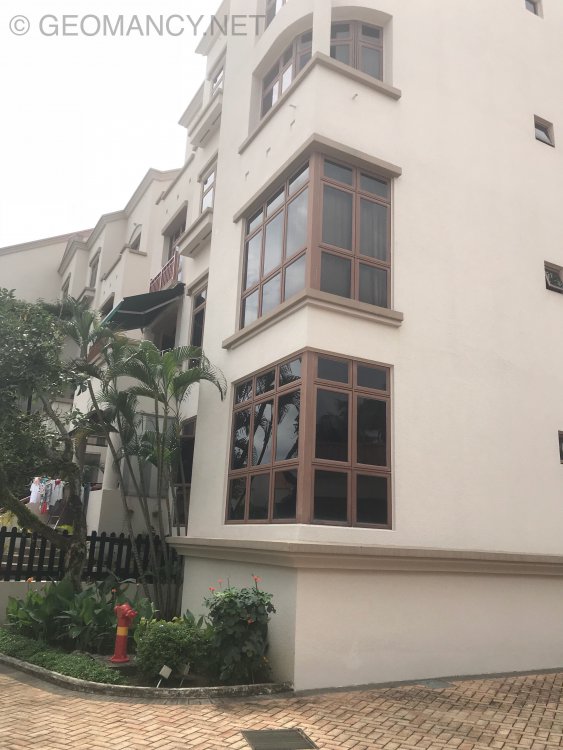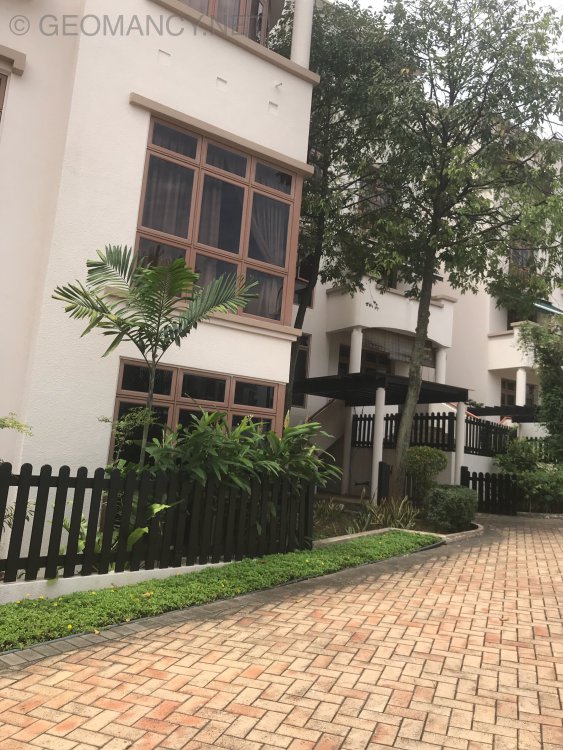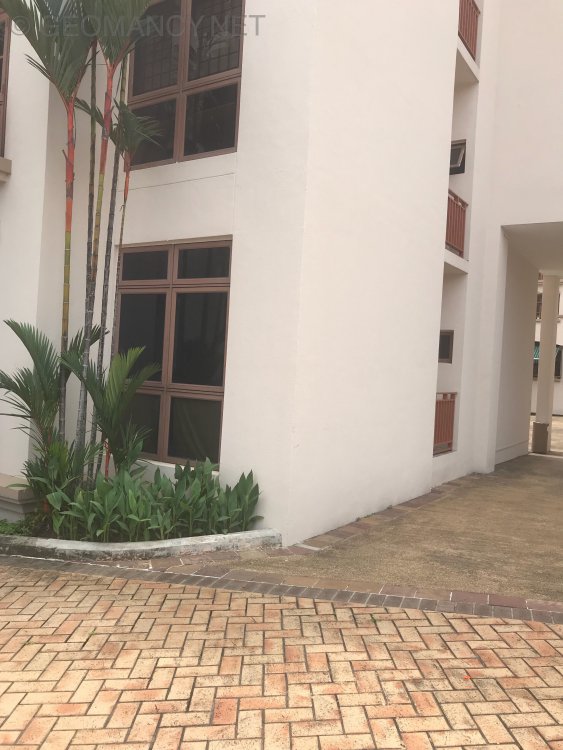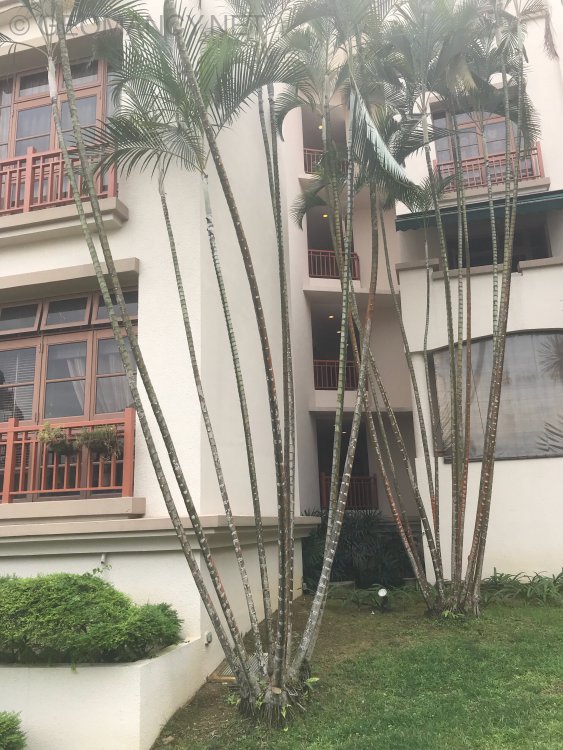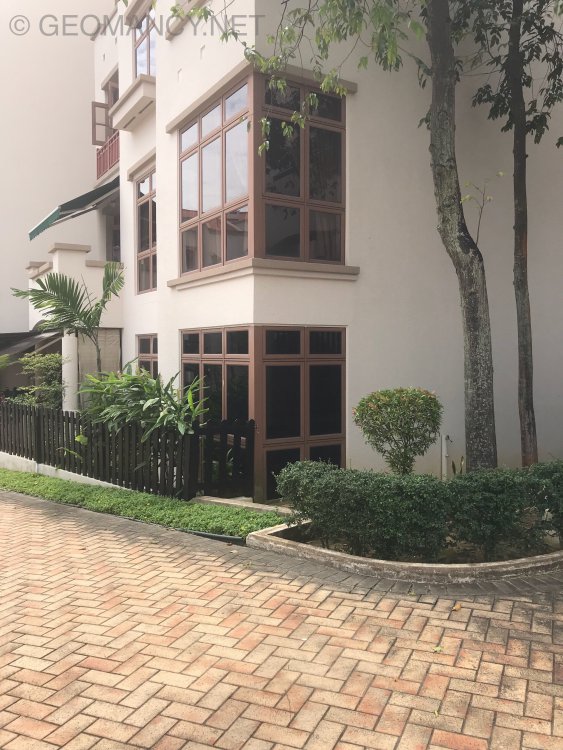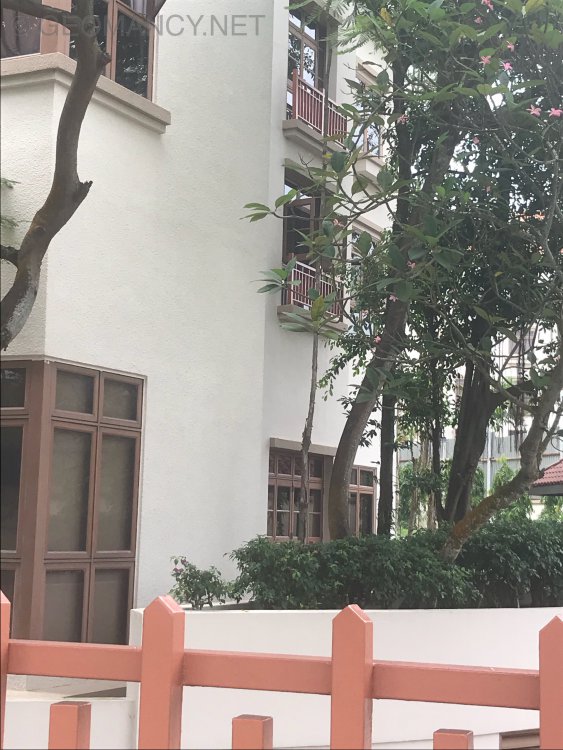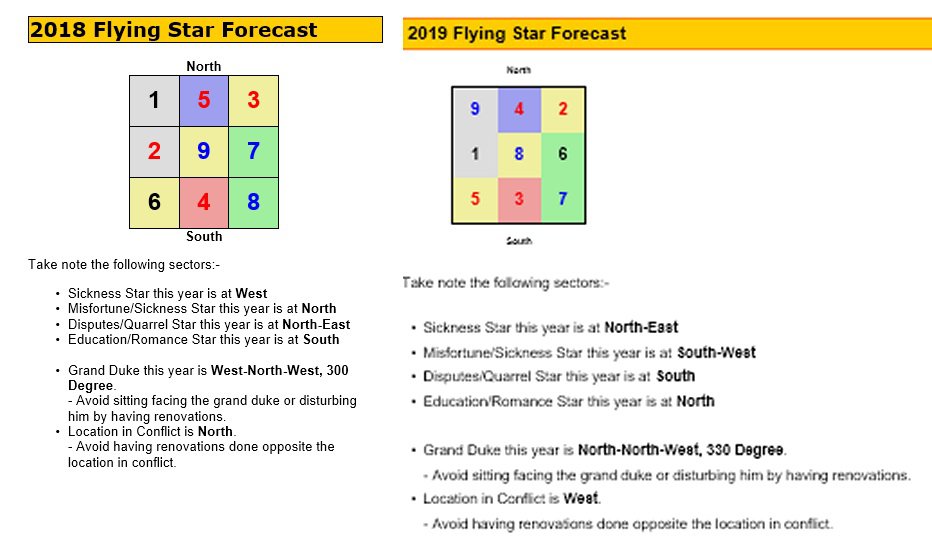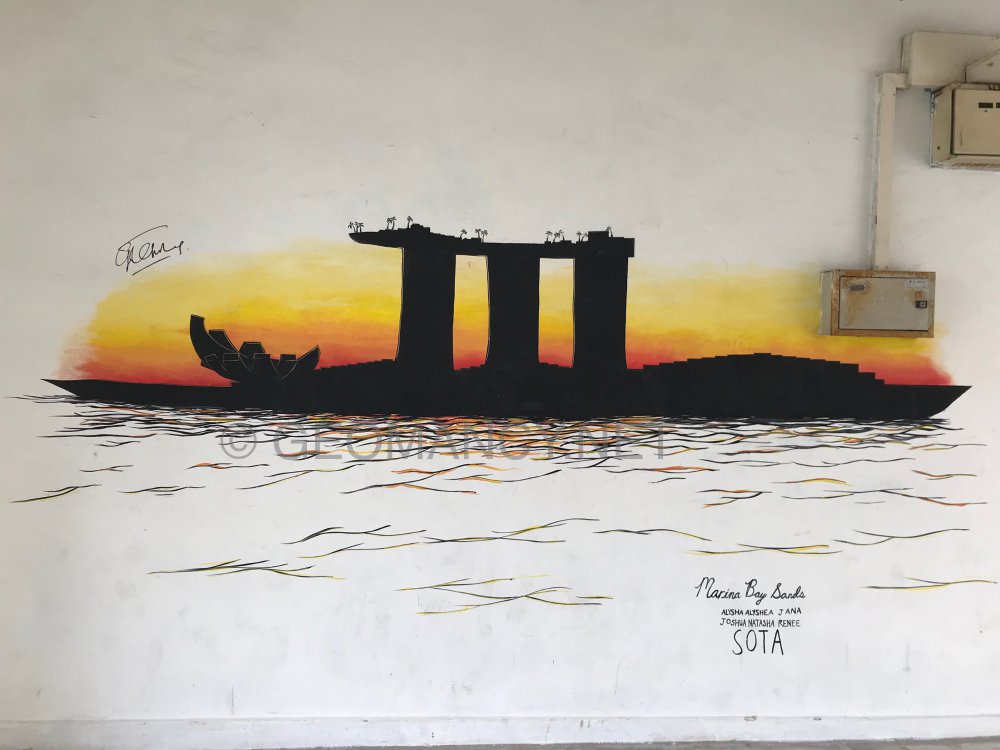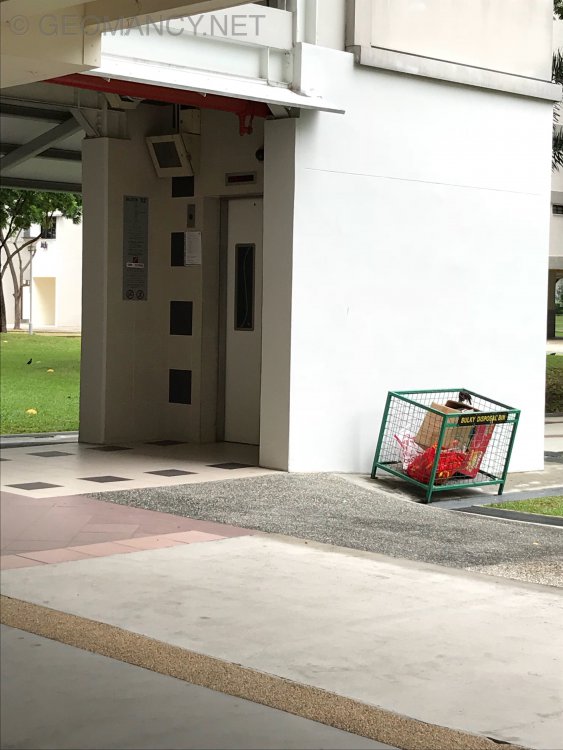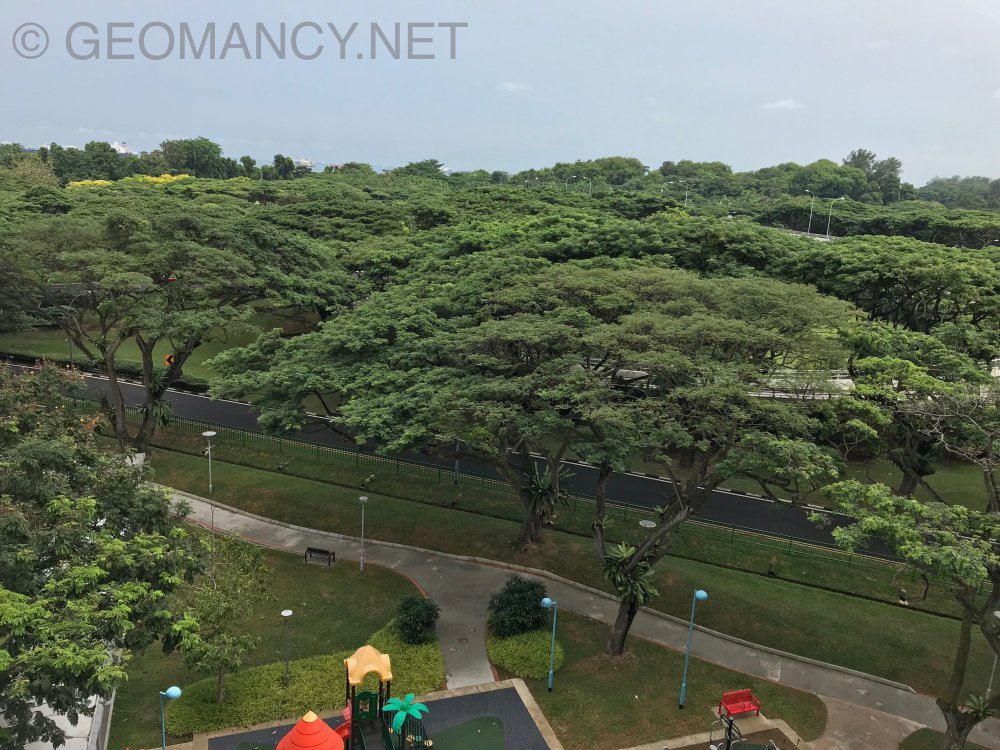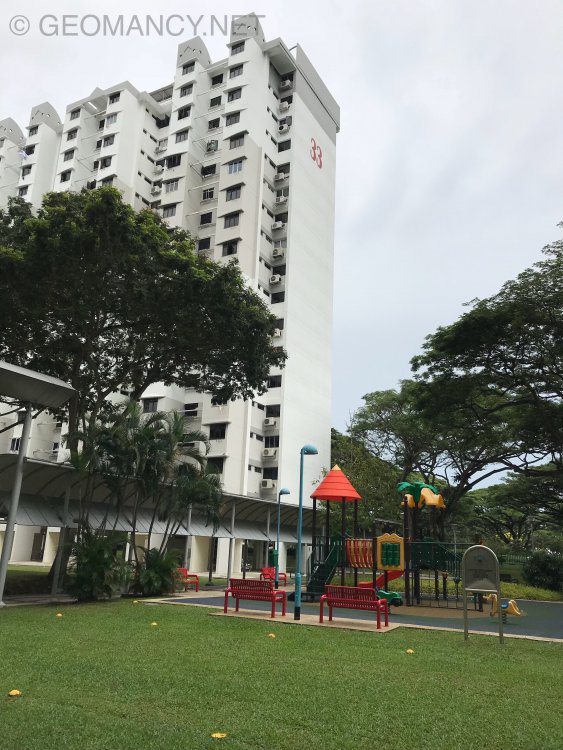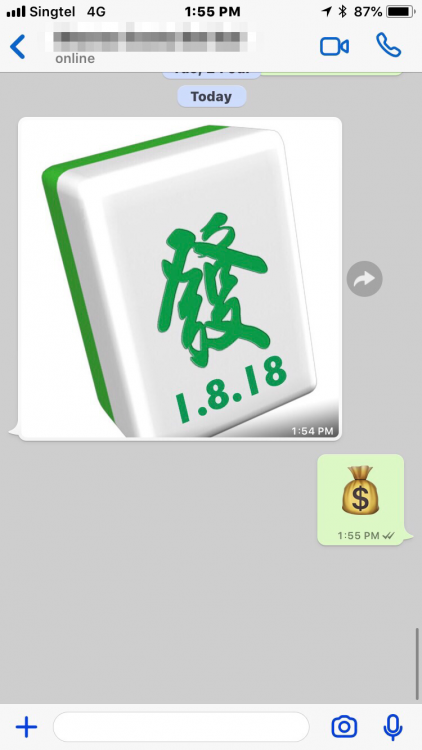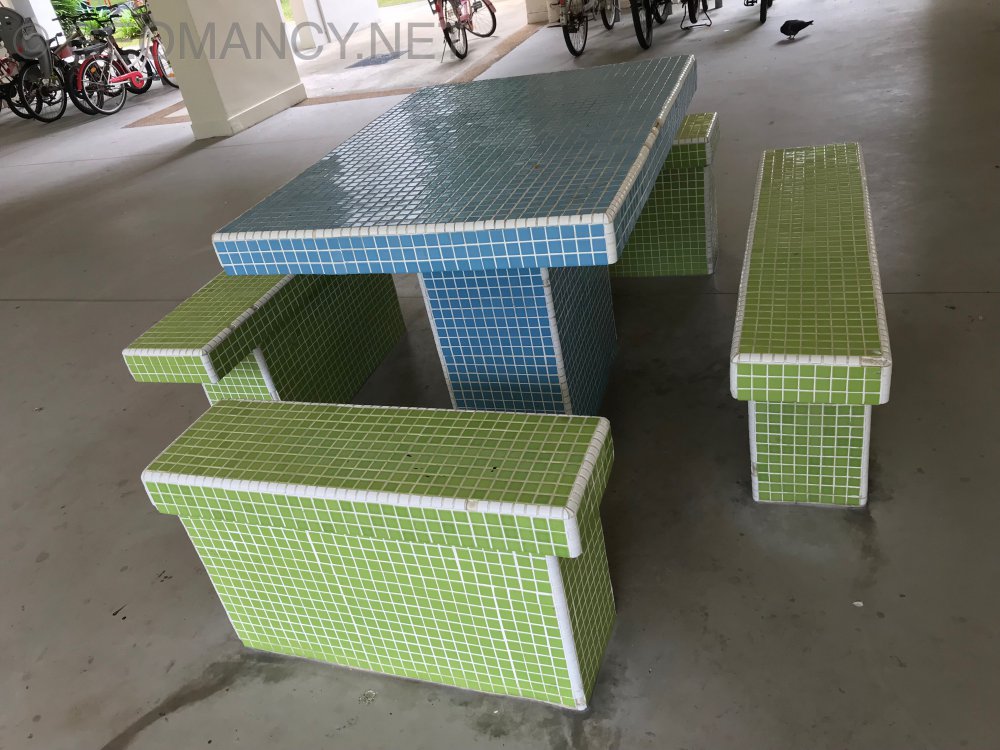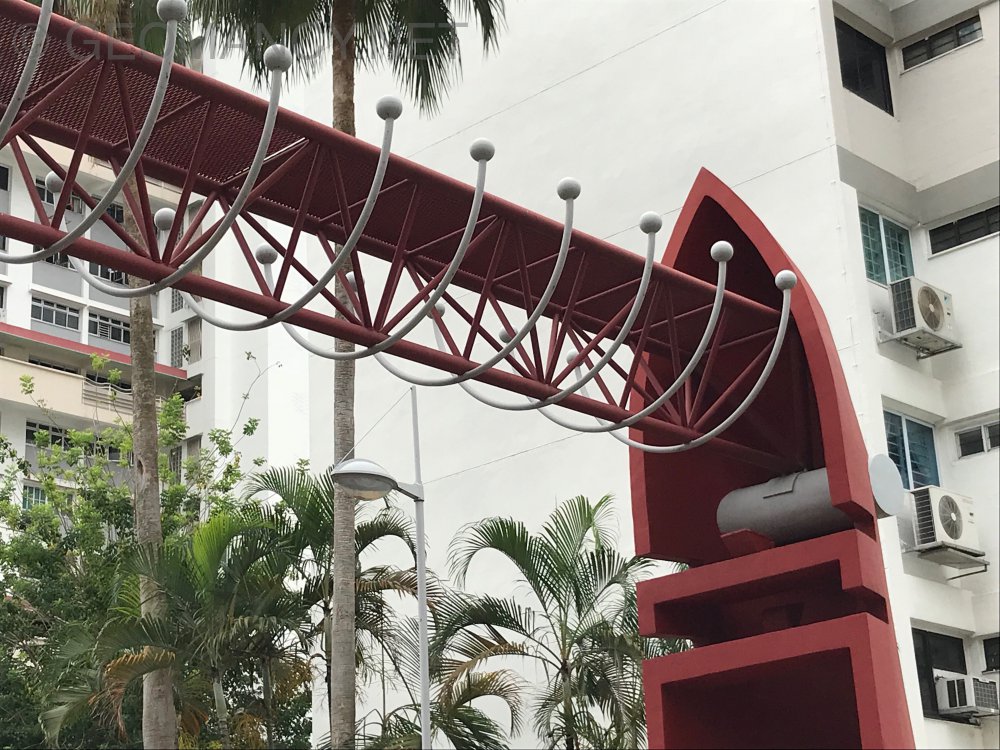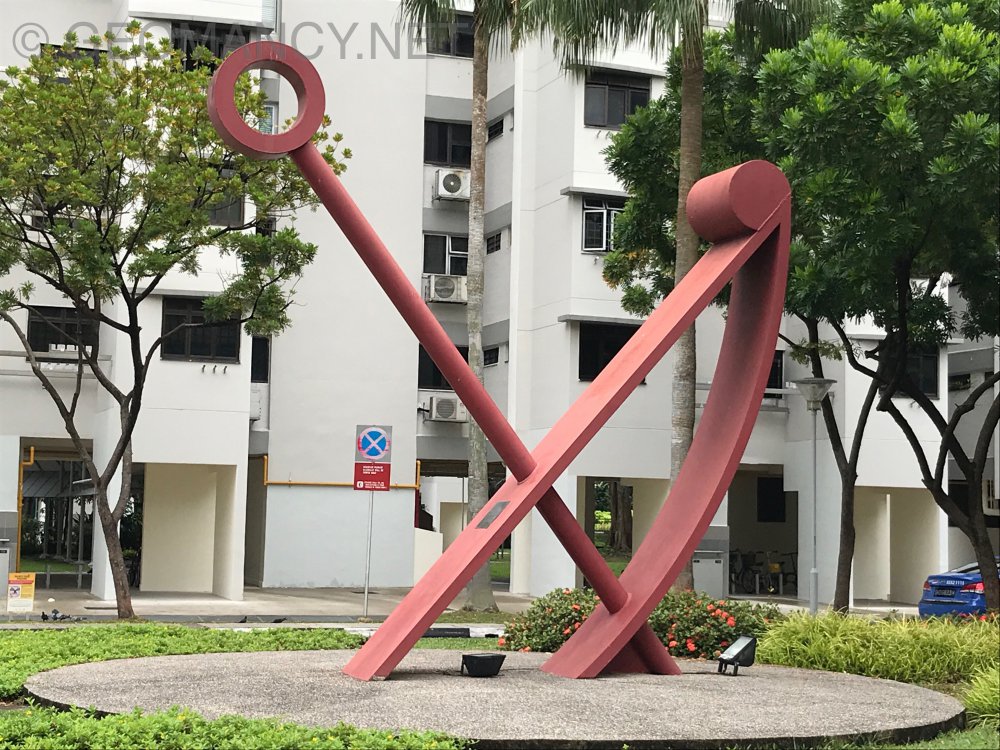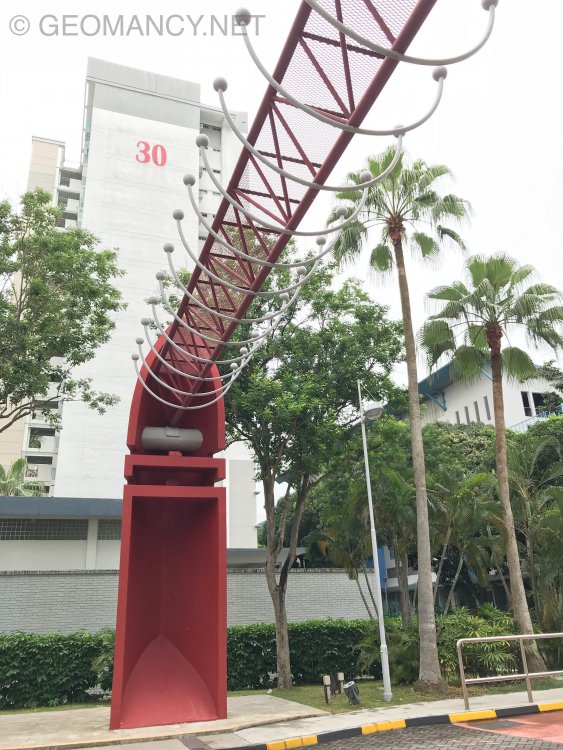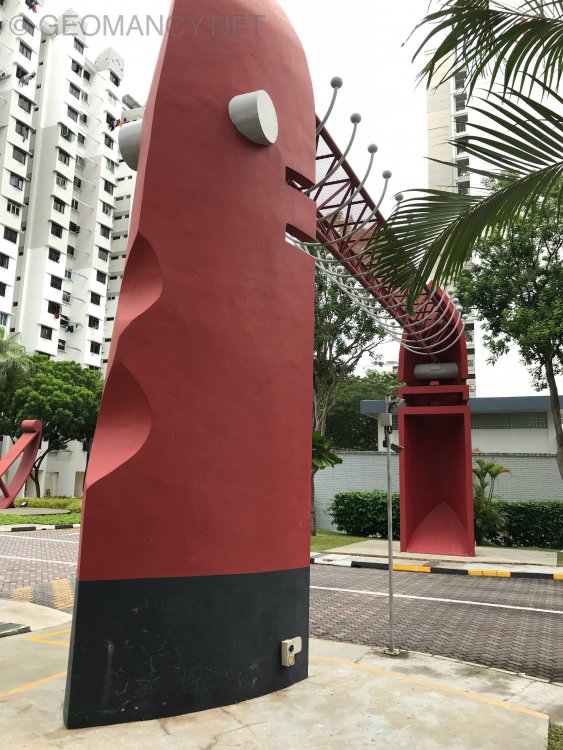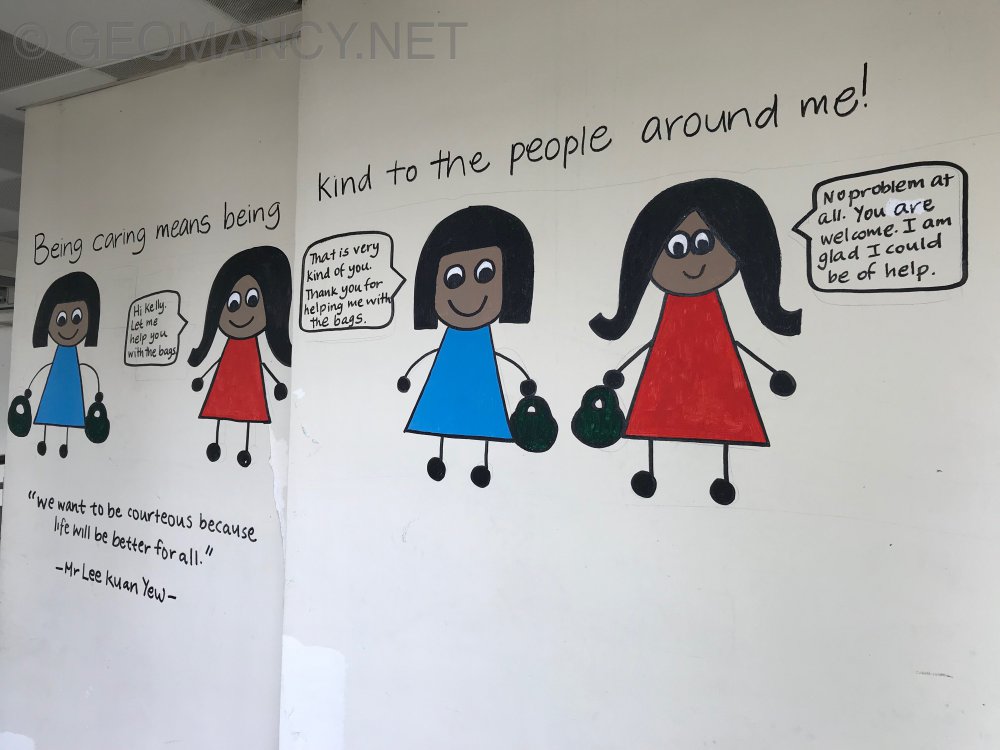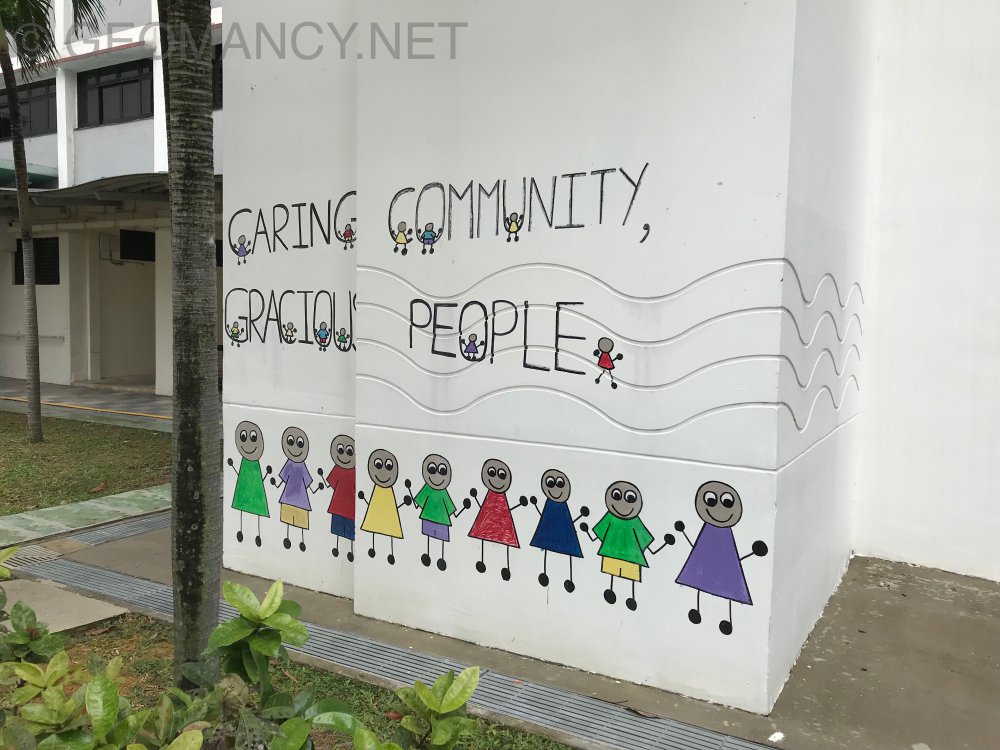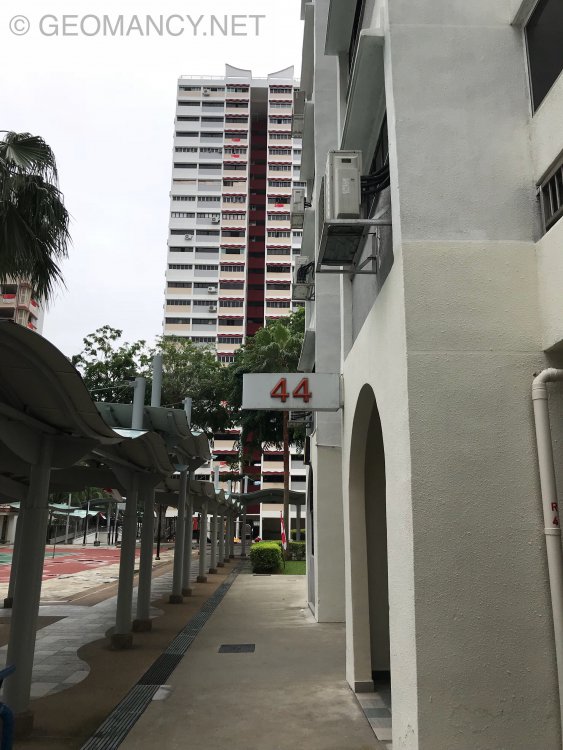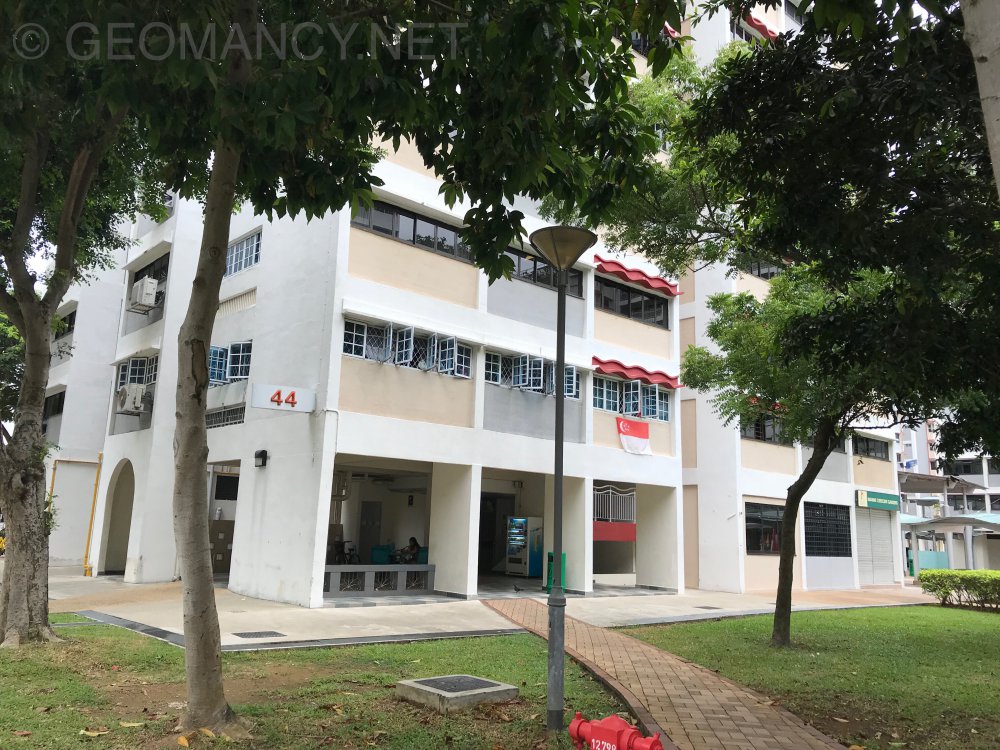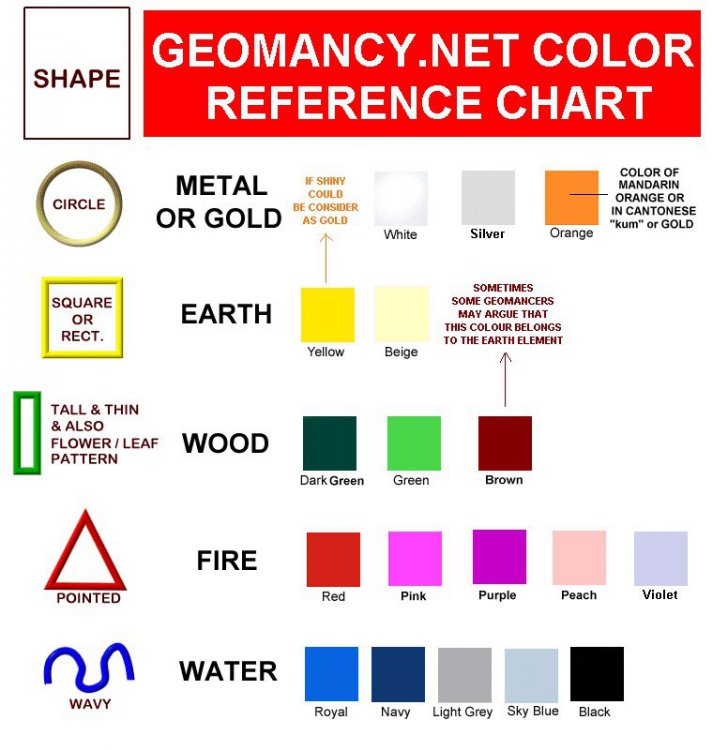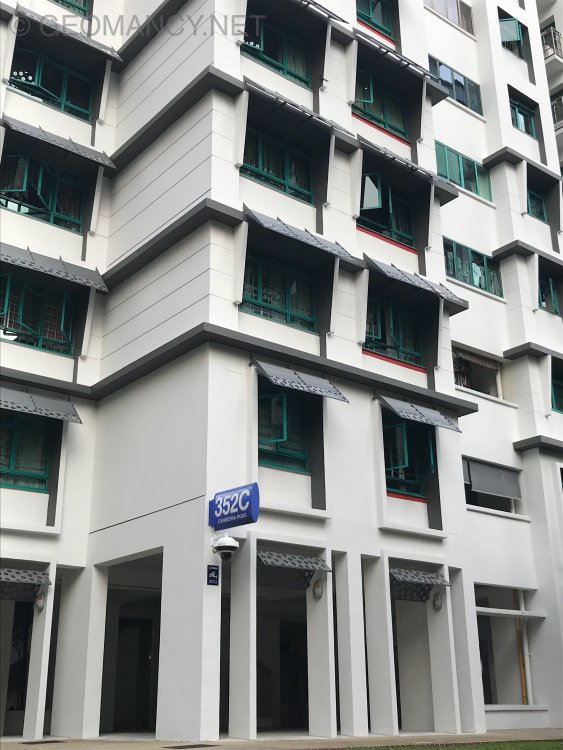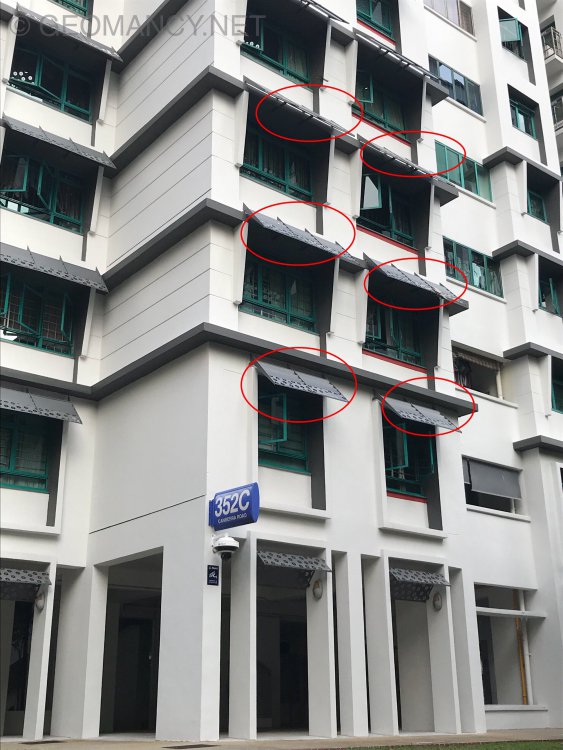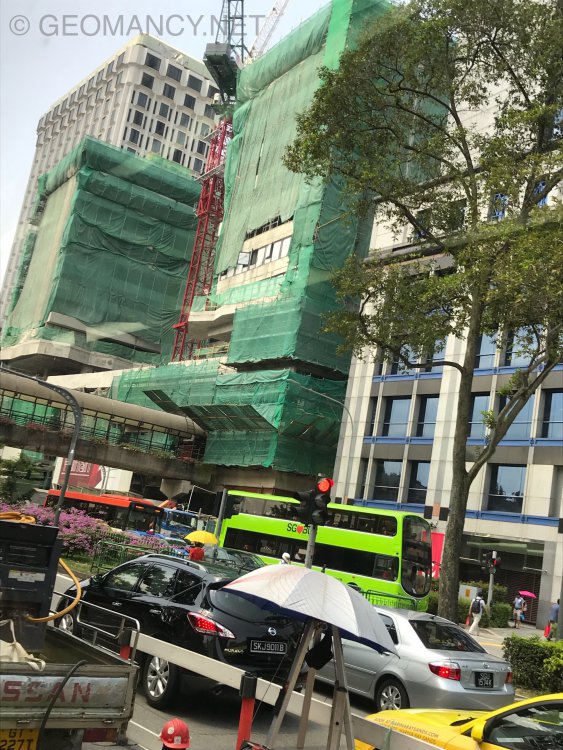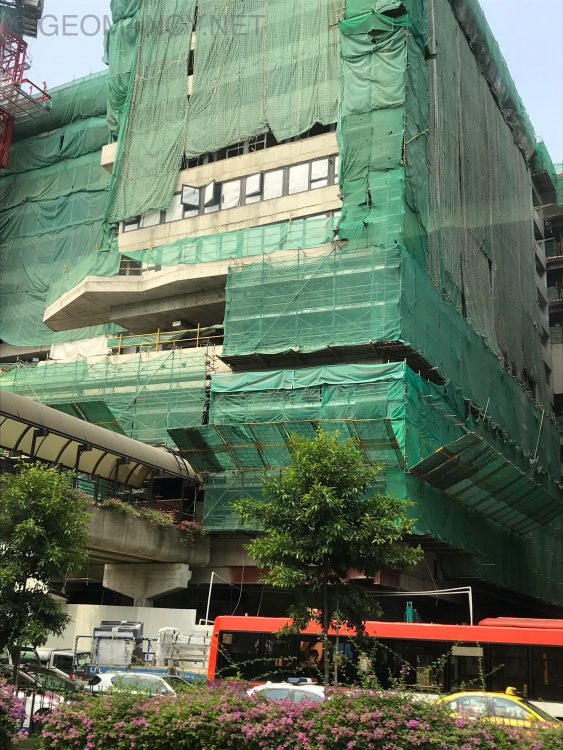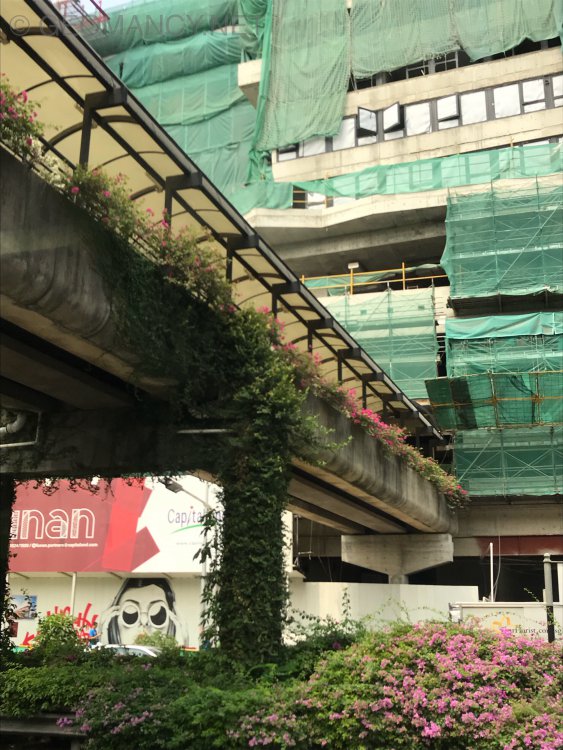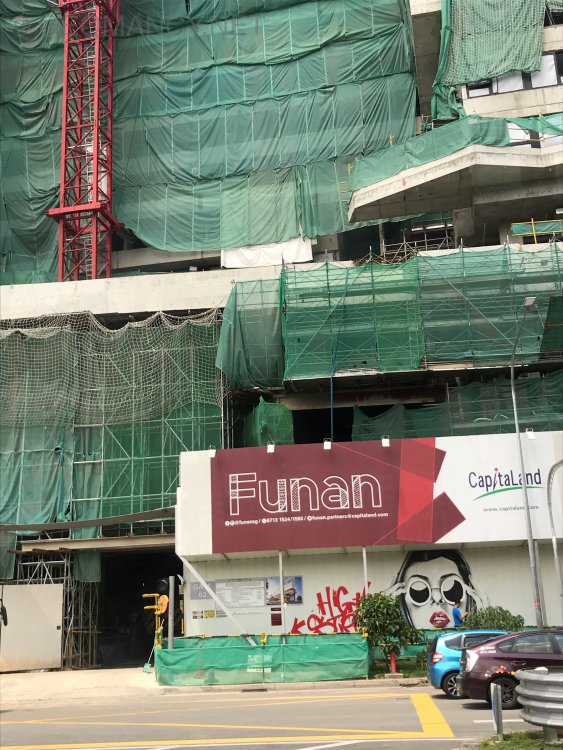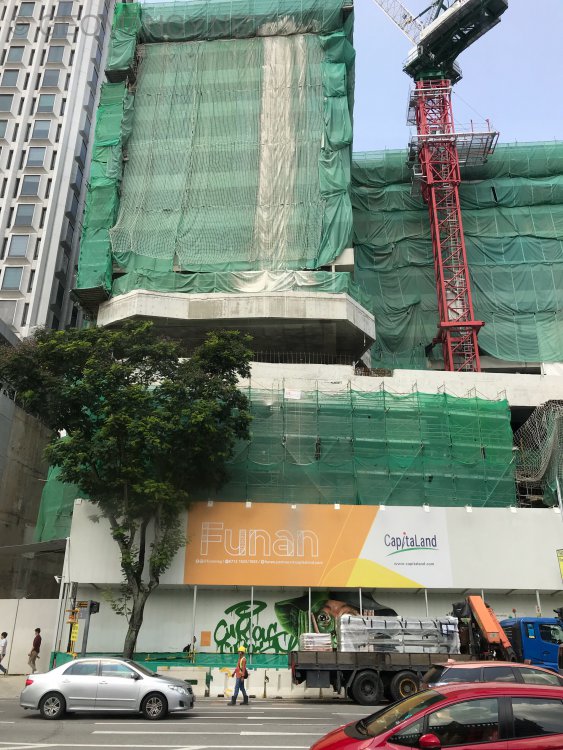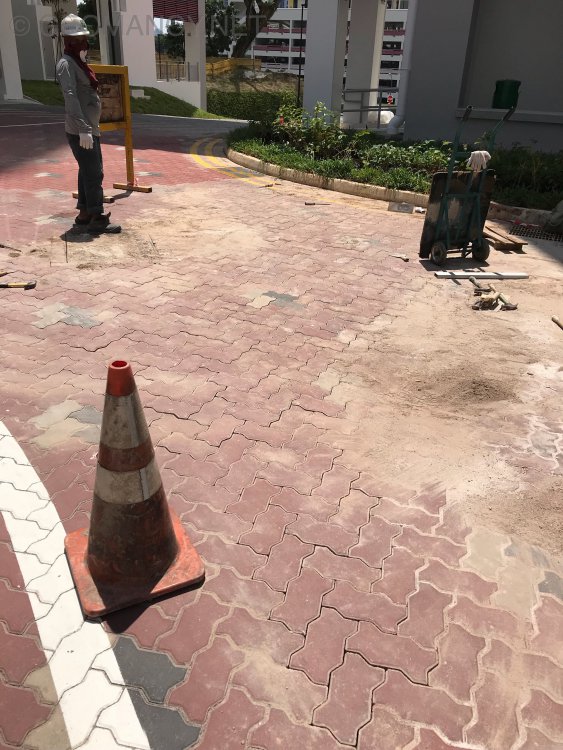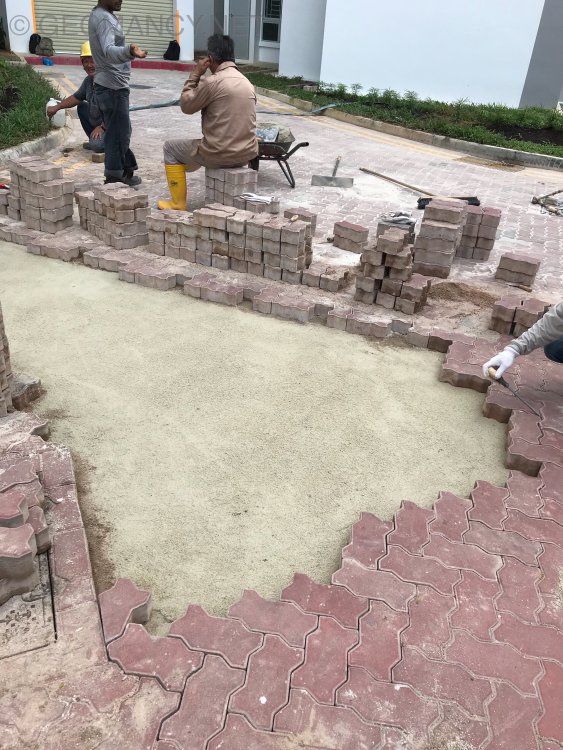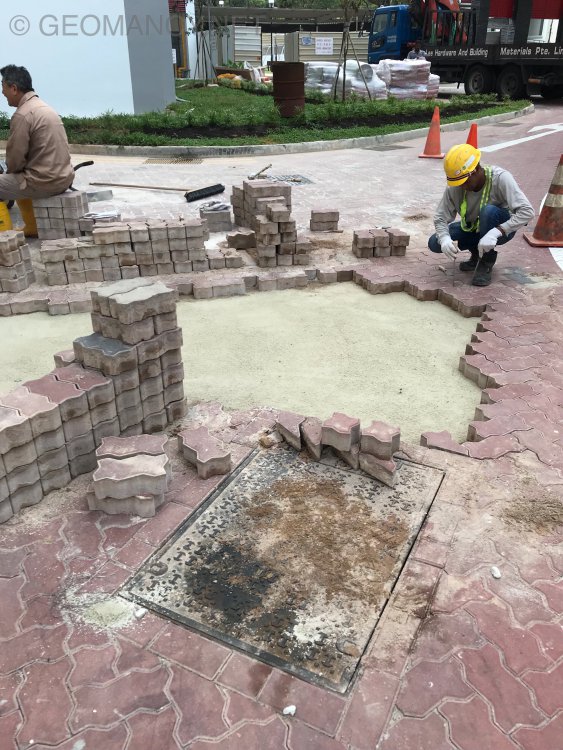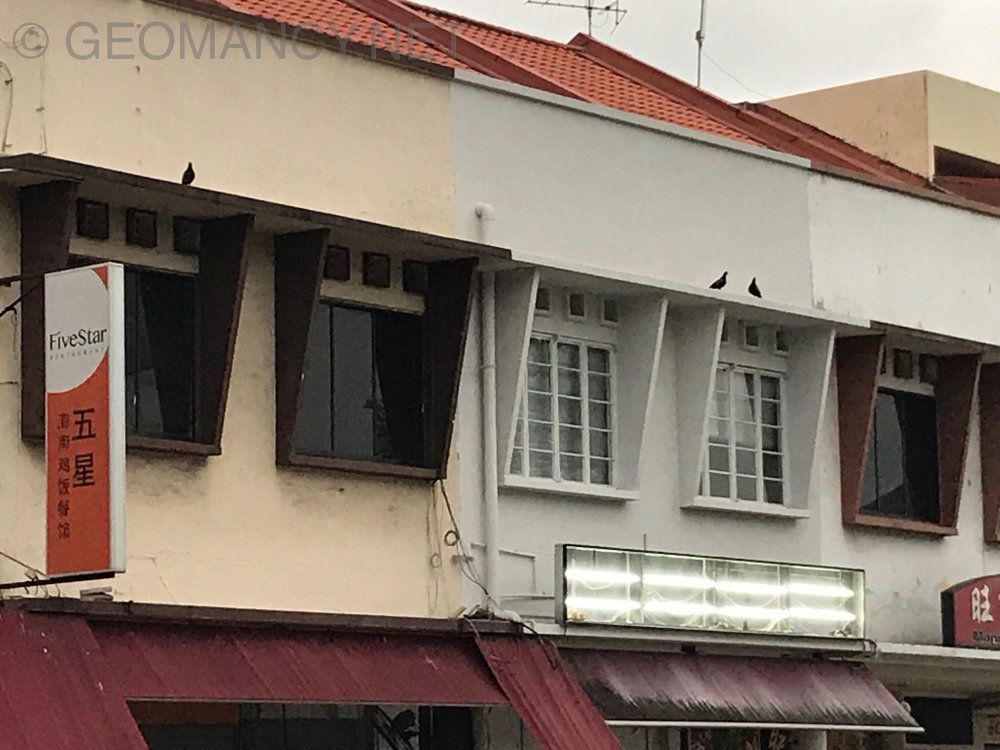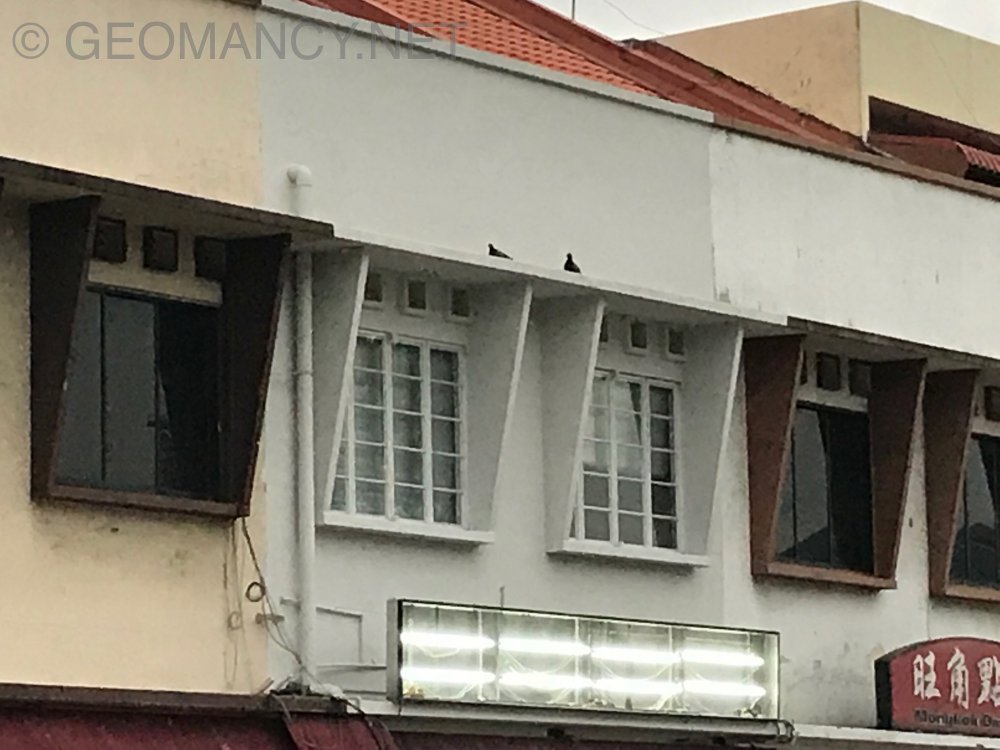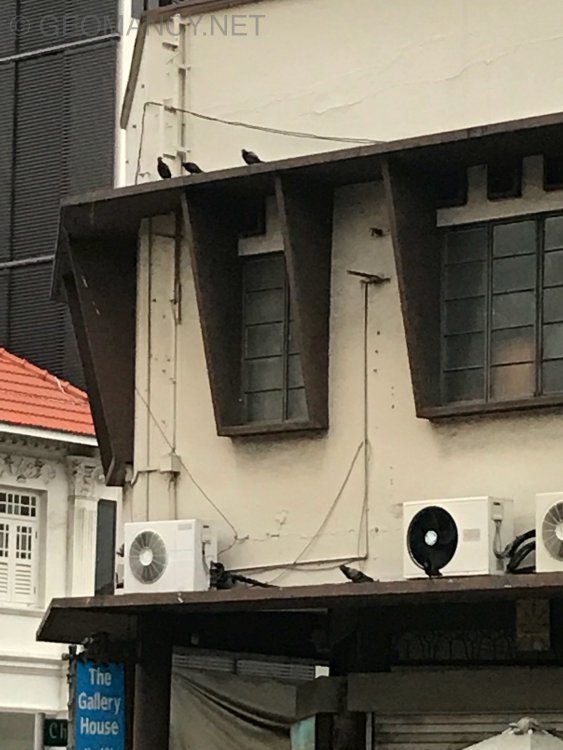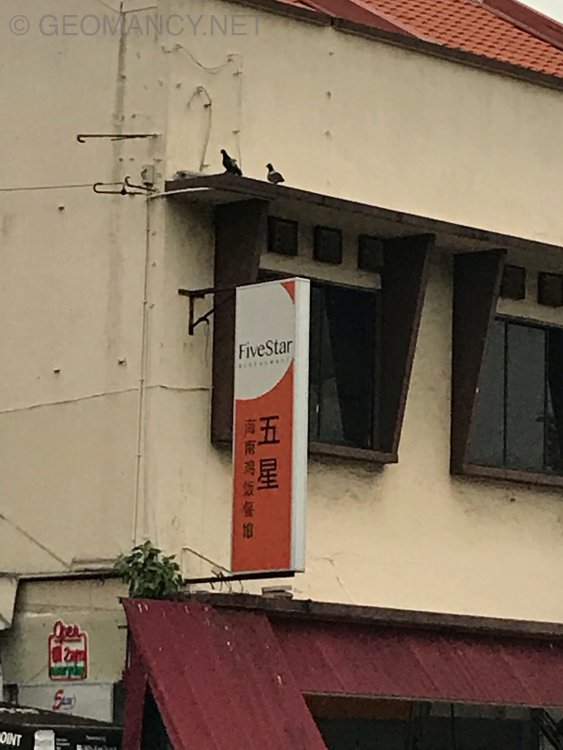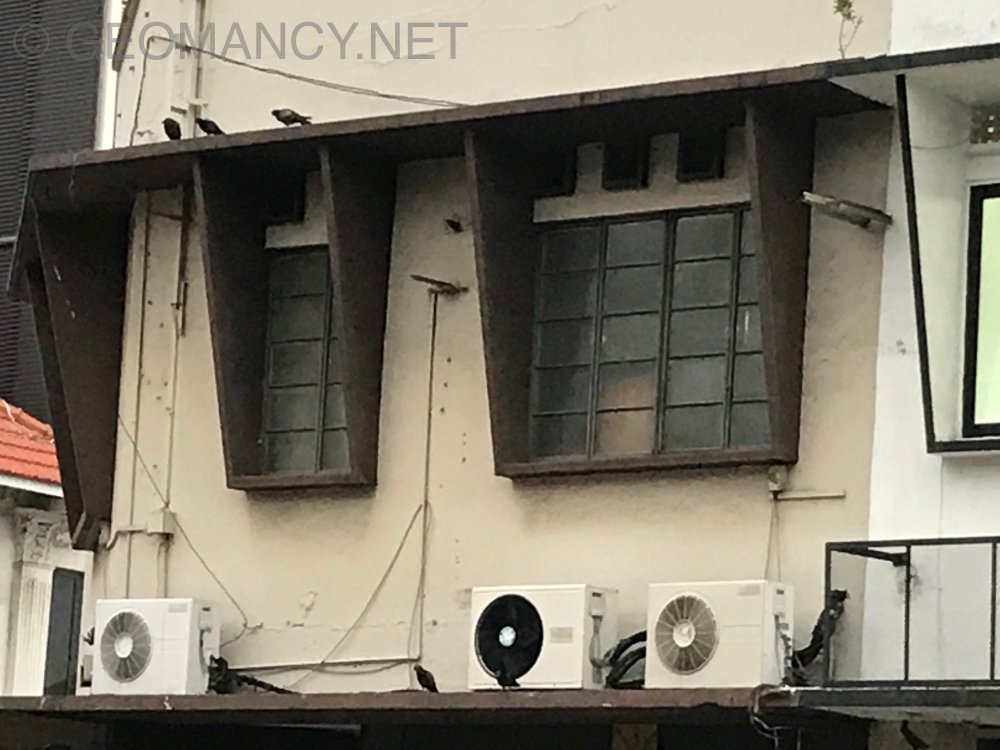-
Posts
38726 -
Joined
-
Last visited
-
Days Won
149
Content Type
Profiles
Forums
Blogs
Events
Gallery
Store
Articles
Everything posted by Cecil Lee
-

Daintree Residence at Toh Tuck Road by SP Septia
Cecil Lee replied to Cecil Lee's topic in Around Singapore
Specifically paid a visit to the area today. Under the hot-cold continuum: this site is like the cold ??while Jadescape is a “hot” best 2018 site. Potential sharp corners of blocks at High Oaks -

[5.] Chinese Altar: Auspicious Chinese Altar Dimensions
Cecil Lee replied to myfs_159686's topic in General Help
1. So Long as the work is not next to your god(s) 2. If you are considered moved-in; go read the areas to avoid “further renovations”... -
We are organizing a drawing competition in Marine Parade. The main theme has to do with “ Marine” Got it? Oops! Marina Bay Sands? What are you thinking!!!
-
-
-

Pillars of Destiny: Color?
Cecil Lee replied to Cecil Lee's topic in Caricatures: Laughter is good medicine & more...
-

BaZi - Weak Self Element or Follow The Leader
Cecil Lee replied to myfs_126613's topic in General Help
More useful ba zi resources -

Daintree Residence at Toh Tuck Road by SP Septia
Cecil Lee replied to Cecil Lee's topic in Around Singapore
Other samples of Sha Qi -
Other examples of external Sha Qi or poison arrows
-
Thankful that this site is not similar to this new condo Thus “ No news means good news!”
-
Location: Sembawang. These awnings shade the room windows. And the characteristic is that they are almost always installed on at the west facing side. Do not be deceived if you are house hunting and the owners switch on the air conditioning in the afternoon. This is a clear indication of an afternoon sun-facing unit.
-
Standing on these road tiles also no guarantee of correct compass readings. As often below the sand, there are also reinforced metal rods. And in this case taking a reading above a manhole cover or even a few feet away also may yield mixed compass readings. The workmen managed to cover the spot in an hour or so....
-

Rearing Singing birds for competition
Cecil Lee replied to Cecil Lee's topic in Chinese Culture (General)
These RC roofs above windows are common in the 1960’s to the 1970’s. As one can see, they are a magnet for birds. In this case pigeons. Other species also relax on these ledges and defecate. Today, with the bird flu concern... hmmm Location: Shop houses along East Coast Road opposite the Holy Catholic Church. -
These are some considerations: 1. Location, location and location accounts for 70% of the weightage. 2. The fact that your Flying Star can change at a dime is a concern. Here, it is like the blind leading the blind. 2.1 For example, I had commented on the charts. And later learn that one of them was an error. 2.2 Furthermore, we may not look at the frontage the same way. 3. Anyway Flying Stars is thus the other 30%. Since you seem well versed in the Flying Stars, look at Para 1 first and then this thing called Flying Stars. 4. Most homes which have less then three or more major leaks can offen be balanced. P.S. For me I would place an identifier e.g. A = Annual 2018 stars M = Monthly stars And add a legend. As in the first posting, I roughly Guess the TOP lines are the MS and WS. While have the faintest idea of what the lower two numbers are. Thus for those who want to publish something for the whole world to know; appreciate that the publisher should not always assume that everyone knows what the writer is doing.
-
Understand better under this link
-

Club House Trellis can 'shoot' poison arrows...
Cecil Lee replied to Cecil Lee's topic in Singapore Property Review
More
Forecast
Free Reports
Useful Handbooks Guides
Feng Shui
- Feng Shui Resources
- Fun with Feng Shui
- Photo & Pictures
- Encylopedia of Feng Shui
- Singapore Property Review
Chinese Horoscope
Palmistry
Feng Shui Consultation
Services
Order & Download Forms
Main Navigation
Search



